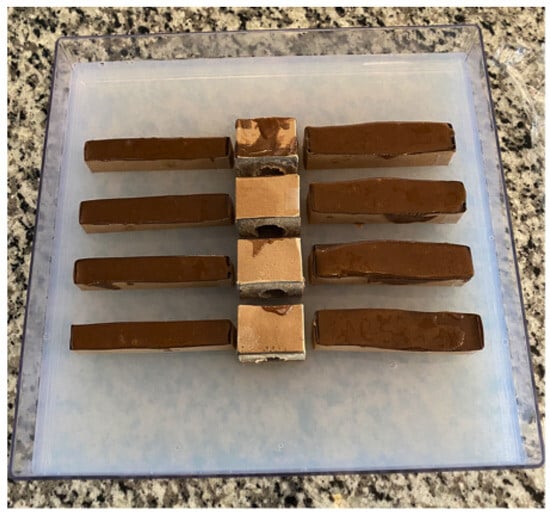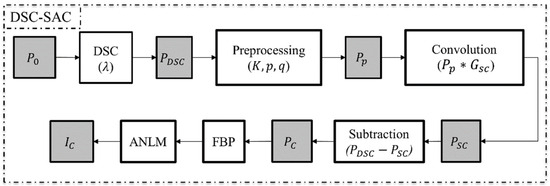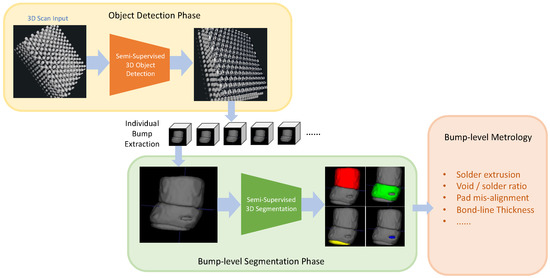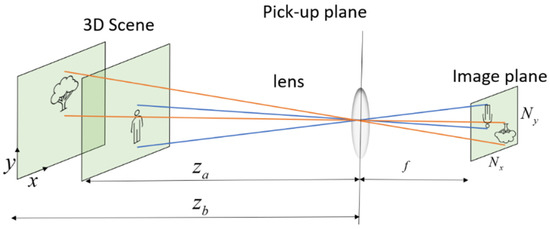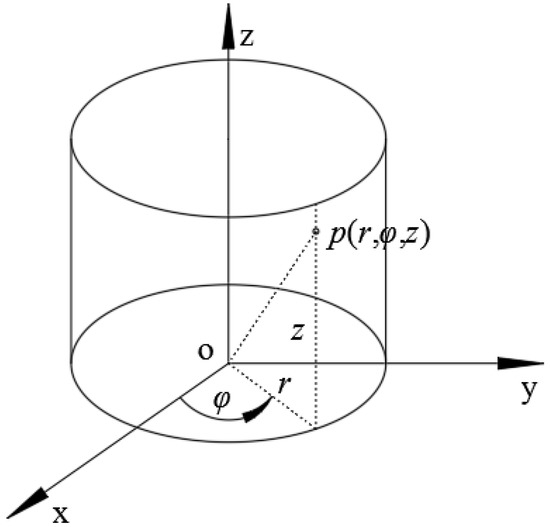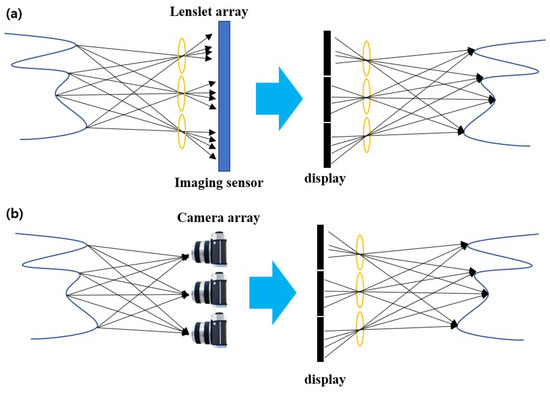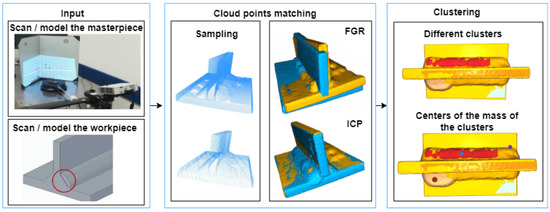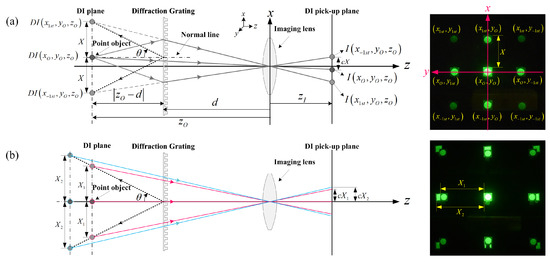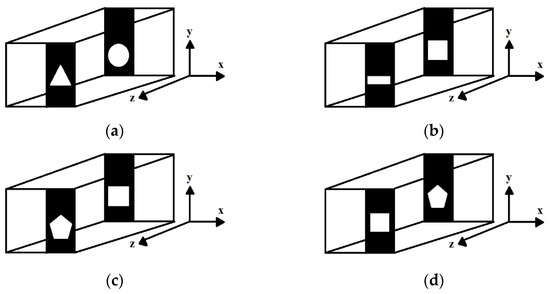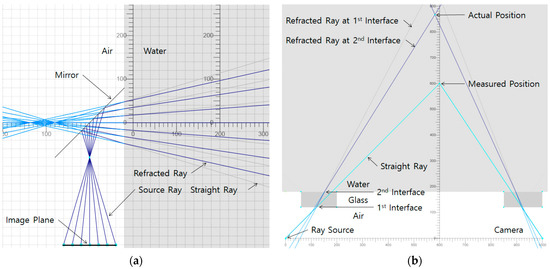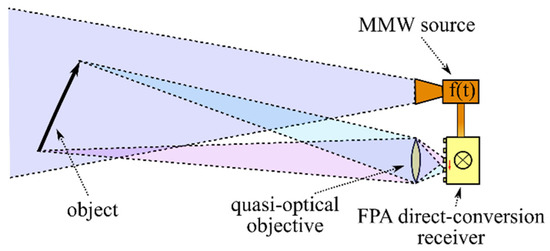3D Imaging and Sensing System
A topical collection in Sensors (ISSN 1424-8220). This collection belongs to the section "Sensing and Imaging".
Viewed by 124215Editor
Interests: 3D sensors; structured light; robot vision; multimodal/multispectral imaging; human–machine interaction; high-resolution surface and shape measuring methods; machine learning
Special Issues, Collections and Topics in MDPI journals
Topical Collection Information
Dear Colleagues,
Three-dimensional imaging and sensing systems are gaining increasingly more importance in a variety of applications, such as industrial process control, robot vision, autonomous driving and systems, biometrics, medicine, forensics and cultural heritage preservation. There are a couple of 3D data acquisition techniques such as structured light, stereo vision, plenoptic systems and LIDAR. Moreover, in multimodal 3D imaging, the acquisition of a scene is performed simultaneously with a 3D sensor and cameras at different spectral ranges. As a result, the object/scene is described by its spatial 3D coordinates (point clouds), its temporal behavior and, in addition, by further image modalities (e.g., a thermal image, multi-spectral image, polarization image, etc.).
In this Topical Collection, we look forward to receiving contributions presenting technical, methodological and algorithmic approaches capable of contributing to the future development of 3D sensors and their applications—not limited to special application areas—, covering a wide range of topics such as new sensor principles, real-time techniques, multi-3D sensor systems, 3D sensors for harsh operating conditions, new concepts for the 3D detection of uncooperative (transparent and specular) objects up to multimodal 3D sensors and calibration techniques.
Prof. Dr. Gunther Notni
Collection Editor
Manuscript Submission Information
Manuscripts should be submitted online at www.mdpi.com by registering and logging in to this website. Once you are registered, click here to go to the submission form. Manuscripts can be submitted until the deadline. All submissions that pass pre-check are peer-reviewed. Accepted papers will be published continuously in the journal (as soon as accepted) and will be listed together on the collection website. Research articles, review articles as well as short communications are invited. For planned papers, a title and short abstract (about 250 words) can be sent to the Editorial Office for assessment.
Submitted manuscripts should not have been published previously, nor be under consideration for publication elsewhere (except conference proceedings papers). All manuscripts are thoroughly refereed through a single-blind peer-review process. A guide for authors and other relevant information for submission of manuscripts is available on the Instructions for Authors page. Sensors is an international peer-reviewed open access semimonthly journal published by MDPI.
Please visit the Instructions for Authors page before submitting a manuscript. The Article Processing Charge (APC) for publication in this open access journal is 2600 CHF (Swiss Francs). Submitted papers should be well formatted and use good English. Authors may use MDPI's English editing service prior to publication or during author revisions.
Keywords
- real-time 3D sensors
- 3D multi-sensor systems
- 3D machine vision
- robot vision
- 3D vision for autonomous systems
- 3D sensor applications
- calibration techniques
- multimodal 3D sensors
- 3D inspection

















